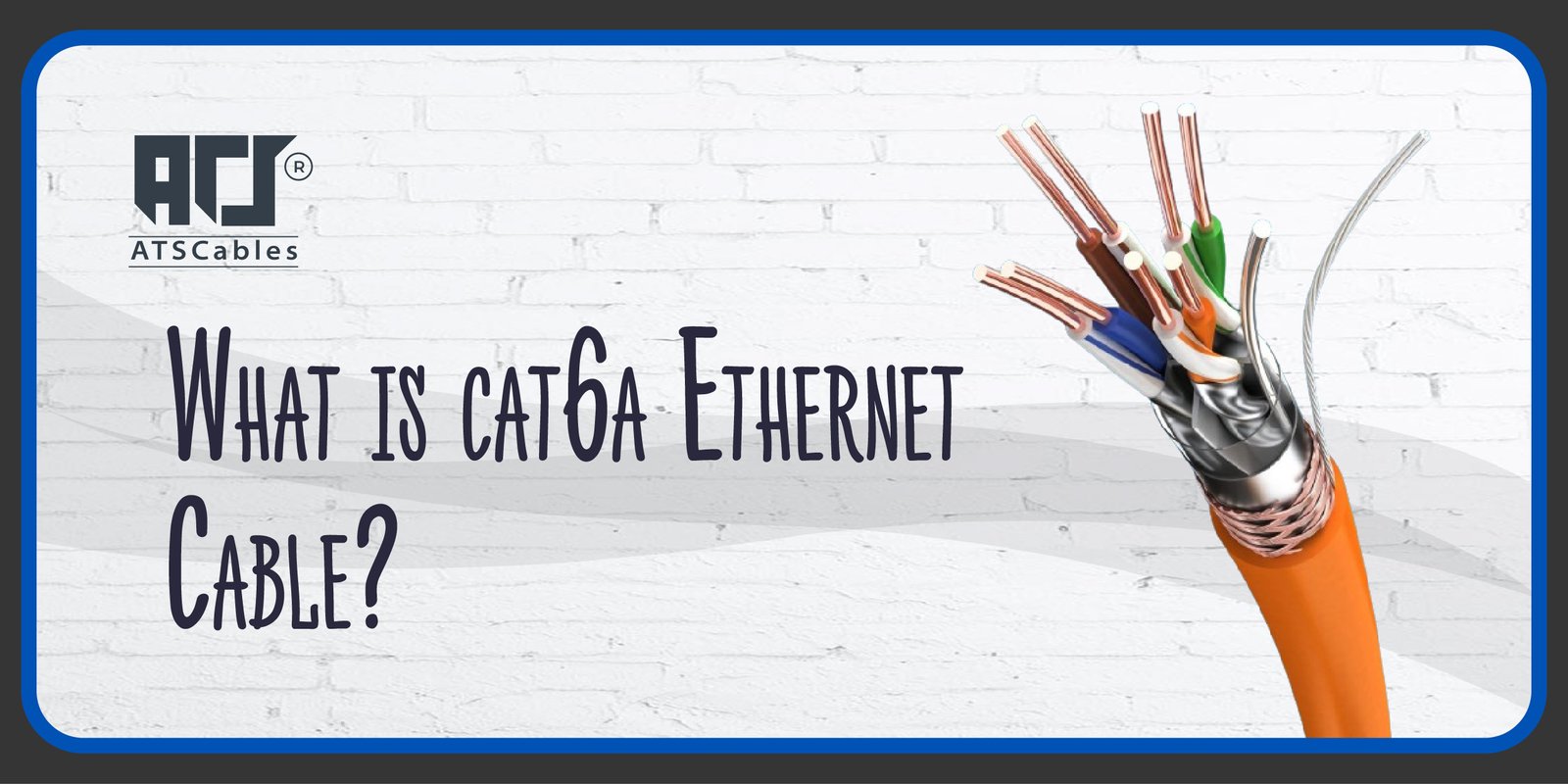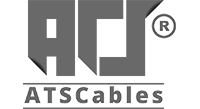
What is a Cat6a Ethernet Cable?
The Cat 6a is an ethernet cable that can support the data transmission in large quantities at high speeds of up to 500 MHz. Category 6a stands for Augmented Category 6. With this standard, you can get twice the augmented rating from the cat6 ethernet cable.
While both cables are comprised of pairs of twisted copper wire, the 6a technology has better alien crosstalk specifications over cat6. Furthermore, it can also support 10 gigabit Ethernet. Find out more about what the cat6a ethernet cable has to offer by going through this article.
What is the Best Cat6a Ethernet Cable Length for Optimal Performance?
The first question that comes to mind for networking cables is what the best length to use them is. As we’ve seen with cat5, cat5e, cat6, etc., the speed of data transmission sees an impact when it stretches after a certain length. Therefore, it can lead to issues when transmitting data or carrying out activities.
As per the industry standards and guidelines, the maximum distance for Cat6a cable is 100 meters (328 feet). It will ensure that you can enjoy reliable and efficient data transmission. There is a possibility that you might enjoy the same speed at a greater length than 100 meters.
However, it is best to follow the industry standards and practices. This way, you can ensure that you face no issues with the Cat6a networking cable. Cat6a cables can’t reliably go beyond 100 meters. Why?
Because the signal weakens as it travels. It is the same as shouting down a long hallway – the further you go, the softer your voice gets. It’s the same with cables since after 100 meters, the signal gets too faint for clear data transmission.
Cat6 vs. Cat6a Ethernet Cable: Key Differences Between Them
The “A” in cat6a stands for augmentation, which means that it has some advanced capabilities than the cat6 networking cable. Here are some of the key differences between them.
Greater Tolerance
The tolerance level in the cat6a cable is quite higher than the cat6 internet cable due to its manufacturing and termination process. Simply put, the copper conductors in the cat6 internet cable are twisted lighter. Because of this, the cat6a cables require higher specification patch panels, wall jacks, and RJ45 connectors.
Better Speed
Cat6A is known to go a greater distance at high speeds! With its higher bandwidth (500 MHz vs Cat6’s 250 MHz), Cat6A delivers 10 Gigabits per second (Gbps) for up to 328 feet (100 meters). Cat6, on the other hand, can only manage 10 Gbps for 165 feet (55 meters) in ideal conditions, and even less in noisy environments.
Copper Conductors and Jackets
The copper conductors and jackets that you’ll find in the cat6A ethernet cable are relatively thicker than cat6. As a result, the difficulty and cost of installing the cat6a networking cable will be higher than its predecessor.
What is the Highest Cat6a Ethernet Cable Speed Above 100 Feet?
Cat6a ethernet cable offers the best of both worlds. You can get superior performance through it for modern networks. Plus, it can also seamlessly integrate with existing Cat5e and Cat6 infrastructure.
This means you can upgrade your network to Cat6a without replacing all your existing cables. The best thing about Cat6a is that it comes in various shielding configurations to address different interference levels:
- UTP (Unshielded Twisted Pair)
- FTP (Foiled Twisted Pair)
- STP (Shielded Twisted Pair)
- SFTP (Shielded Foiled Twisted Pair)
The ideal shielding option depends on your specific needs. For typical home or office networks, the UTP might be a sufficient option.
However, if you experience frequent interference from nearby electronics or have complex cable routing, then it is best to go for the shielded Cat6a cable (FTP, STP, or SFTP) for optimal performance. Let’s understand more about the different shields that you can get from cat6a cable.
Best Cat6a Ethernet Cable: What Are the Options Available?
Cat6a goes the distance and works well with older Cat5e and Cat6 setups. This networking cable also comes in different shielding options:
- Unshielded (UTP): Most common, affordable, four twisted pairs.
- Foiled (FTP): Each pair is wrapped in foil for better noise protection.
- Braided (STP): All pairs within a metal mesh for maximum shielding.
- Foiled & Braided (SFTP): Double protection with both foil and mesh.
All in all, the shielded Cat6a cables handle signal interference better than standard UTP cables. But as mentioned before, you can choose the one that is suitable according to your needs and preferences.
Final Words: Finding the Cat6a Ethernet Cable Near Me
The right network cables for your networking system will ensure you get the best data transmission speeds. It will provide you with greater reliability and efficiency so you can focus on your gaming or professional activities. On that note, it is time for you to find the right cat6a ethernet cable.
However, there is no hassle that you have to go through to find the cable since ATS Cables is here to help you out. It will provide you with all the lengths of the cat6a networking cable. Therefore, you can get the right length of this cable to fulfill your needs.
FAQs
What is a Cat6a Ethernet cable?
Cat6a is a high-performance Ethernet cable designed for Gigabit and 10 Gigabit Ethernet connections. It offers faster speeds, longer reach, and better signal quality compared to earlier Cat5e and Cat6 cables.
What are the benefits of Cat6a over Cat6?
Cat6a boasts several advantages, such as a higher bandwidth (500 MHz vs 250 MHz for Cat6). It also has a longer reach for 10 Gbps speeds (up to 100 meters). Furthermore, the shielded Cat6a cables offer superior protection against signal interference. As a result, it can ensure cleaner data transmission.
Is Cat6a backward compatible?
Yes, Cat6a cables are fully compatible with Cat5e and Cat6 networks. You can upgrade to Cat6a without replacing your existing devices.
Do I need a Cat6a cable?
If you require high-speed data transfer (10 Gbps) over longer distances or experience frequent signal interference, Cat6a is a worthwhile investment. However, for basic home internet use with shorter cable runs, Cat5e or Cat6 might be sufficient.
keep connected
Get updates by subscribe our weekly newsletter

